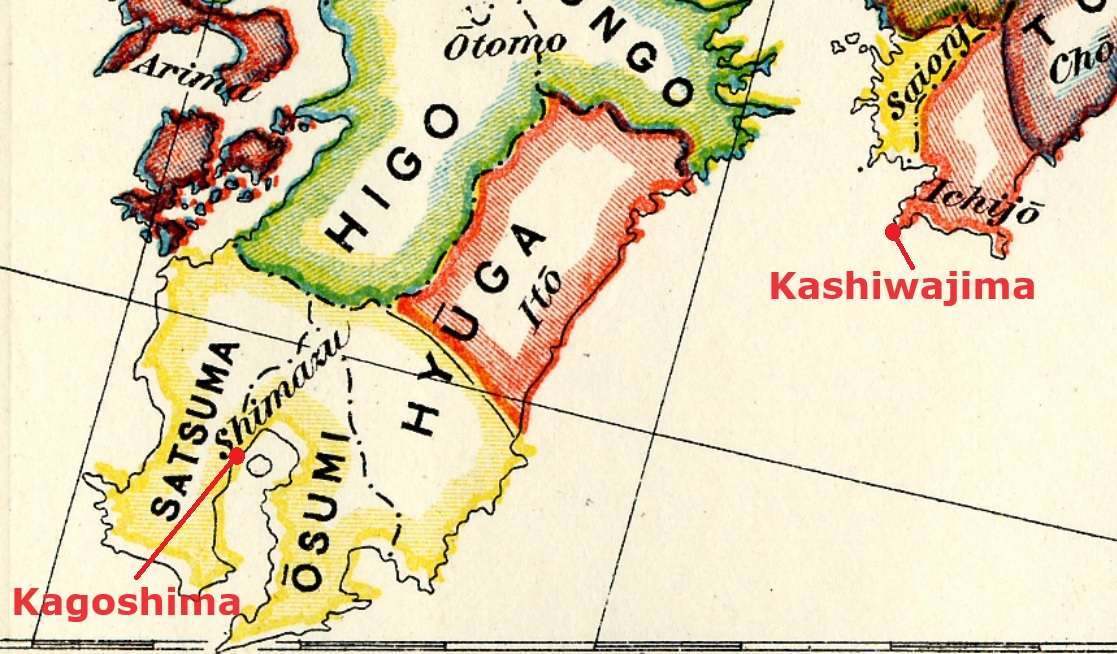The historical intersection of cultures often brings forth tales of remarkable individuals whose impacts reverberate through the annals of time. In the context of Okinawa’s rich martial arts heritage, the name Kusanku emerges as a symbol of this intricate tapestry of interactions. Through the writings of Tobe Ryoen and records such as the Ōshima Hikki, we gain glimpses into the life and legacy of Kusanku, a Chinese diplomat who became an influential figure in Okinawa during the 18th century.
Who is Tobe Ryoen?
Tobe Ryoen, a Confucian scholar, lived during the 18th century, approximately from the year 1713 to 1795. He was a writer and dedicated to the study and promotion of Confucian philosophy. Tobe Ryoen is the author of the Oshima Hikki notes.
What is the Ōshima Hikki (大島筆記)?
The Oshima Hikki is a collection of notes written in 1762 by the Confucian scholar Tobe Ryoen (also known as Tobe Yoshihiro).
The Oshima Hikki contains various descriptions of the Chinese Empire, about 60 ryuka (Okinawan poems), and various anecdotes, including the one relating to Kusanku 公相君.
The arrival of Kusanku in Okinawa.
In the mid-18th century, particularly during the late 1750s, the island of Okinawa welcomed a significant historical figure, Kusanku, who held the title of a Chinese diplomat from the Qing Imperial Court. Kusanku’s principal mission on Okinawa was to lead the Chinese investiture mission to the Kingdom of Ryūkyū in 1756.
As a diplomat, Kusanku’s role was about formal recognition from China, strengthening diplomatic ties, and showcasing the Ryukyu Kingdom’s status to other nations. Maintaining positive relations with China was crucial for trade and diplomacy in the region. Kusanku’s mission was to facilitate this diplomatic relationship by recognizing Shô Boku as the King of Ryukyu in a formal ceremony, which was a significant event for diplomatic and cultural reasons. His arrival profoundly impacted the history of Okinawan martial arts, as he introduced the local population to various aspects of Chinese culture, including martial arts.
The Ōshima Hikki incident.

Six years later, in the year 1762, as fate would have it, a Ryūkyūan tribute ship was shipwrecked on its way to Satsuma Province. Today located in Kagoshima prefecture. Its main destination was Kagoshima Port, carrying goods from Naha.
Kagoshima Port was a bustling political and commercial hub during the medieval period and throughout the Edo period (1603–1868). It formally became the capital of the Shimazu’s fief, the Satsuma Domain, during this time. It served not only as the political center for Satsuma but also for the semi-independent vassal kingdom of Ryūkyū.
Back to the story! Miraculously, everyone on board, including Shiohira Peichin, who served as the warehouse manager on the Ryūkyūan tribute ship, known as Kaisen 楷船1, safely reached the shores of Kashiwajima, located on Shikoku Island, Japan.
During this time, Shiohira was interviewed by the Confucian scholar Tobe Ryoen. In his recounting of past events, Shiohira vividly described the remarkable demonstration he had witnessed by “a man named Kusankun” six years earlier. This account stands as a significant early written testament to the profound influence of Chinese martial arts on Okinawa’s martial traditions.
The demonstration itself showcased Kusankun’s mastery of
